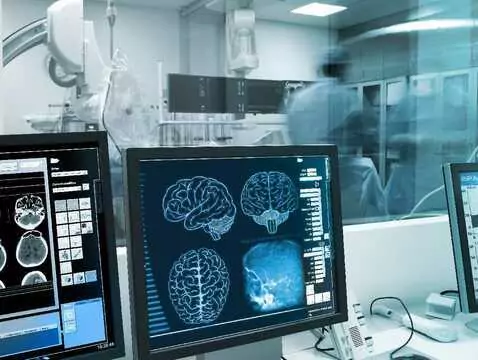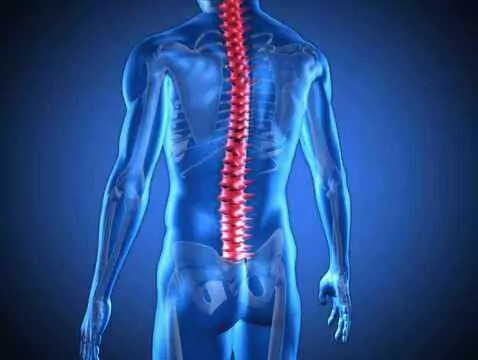The author presents an overview of the current knowledge of symptomatology, diagnosis and therapy of acute spinal-related pain syndromes.
Ad:
Definitions and nomenclature: acute spinal pain syndrome is one of the most common reasons for seeking medical attention from a neurological specialist.
Acute low back pain is defined as pain lasting up to six weeks, subacute low back pain as pain lasting up to three months and recurrent low back pain as any new pain episode after a six-month remission period.
L-S pain can be divided into:
- Pain potentially related to serious pathology in the spinal canal (proliferative process [npl] - 0.7%, spinal compression fracture - 4%, infection - 0.01%).
- Pain potentially resulting from discopathy and/or radiculopathy (spondylosis - 0.3-5%, discopathy-3-4%).
- Non-specific L-S segment pain.
A significant risk of serious spinal canal pathology is indicated by the following clinical signs (red flags):
-
onset of symptoms < 20 r.ż lub > 55 yrs,
-
history of trauma,
-
steady progression of symptoms,
-
chest pain,
-
history of npl,
-
long-standing steroid therapy,
-
drug dependence, drug addiction, HIV,
-
weight loss,
-
diffuse neurological symptoms,
-
prominent structural changes of the spine,
-
fever.
There are also so-called Yellow flags, factors that significantly increase the risk of pain perpetuation and chronic disability (psychosocial aspects). Patients with abnormal pain perception and imagination, abnormal pain behaviour (avoidance of physical activity, fear of pain), occupational problems and job dissatisfaction as well as emotional disorders - depression, anxiety, stress and social isolation - are particularly at risk.









